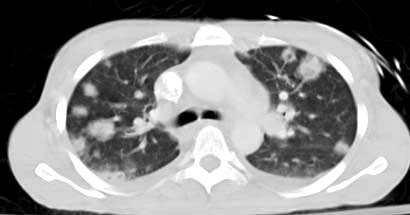Cocaine overdose causes tachyarrhythmias and life-threatening hypertensive crisis. Moreover, Cocaine is very pyrogenic due to increased muscular activity and inhibited heat loss due to severe vasoconstriction.
Treatment of Cocaine overdose consists of administering a benzodiazepine, physical cooling, acetaminophen, non-beta-blocker treatment for hypertension and other supportive treatments.
Though not officially approved, dexmedetomidine and rimcazole have been found to be useful for treating cocaine overdose.
Rimcazole is an antagonist of the sigma receptor as well as is a dopamine reuptake inhibitor. Sigma receptors are thought to be involved in the psychosis that can be induced by some drugs such as PCP and cocaine. Rimcazole was originally researched as a potential antipsychotic but found to reduce the effects of cocaine.
References:
1. Katz JL, Libby TA, Kopajtic T, Husbands SM, Newman AH. Behavioral effects of rimcazole analogues alone and in combination with cocaine. European Journal of Pharmacology. 2003 May 9;468(2):109-19.
2. Matsumoto RR, Hewett KL, Pouw B, Bowen WD, Husbands SM, Cao JJ, Hauck Newman A. Rimcazole analogs attenuate the convulsive effects of cocaine: correlation with binding to sigma receptors rather than dopamine transporters. Neuropharmacology. 2001 Dec;41(7):878-86.
